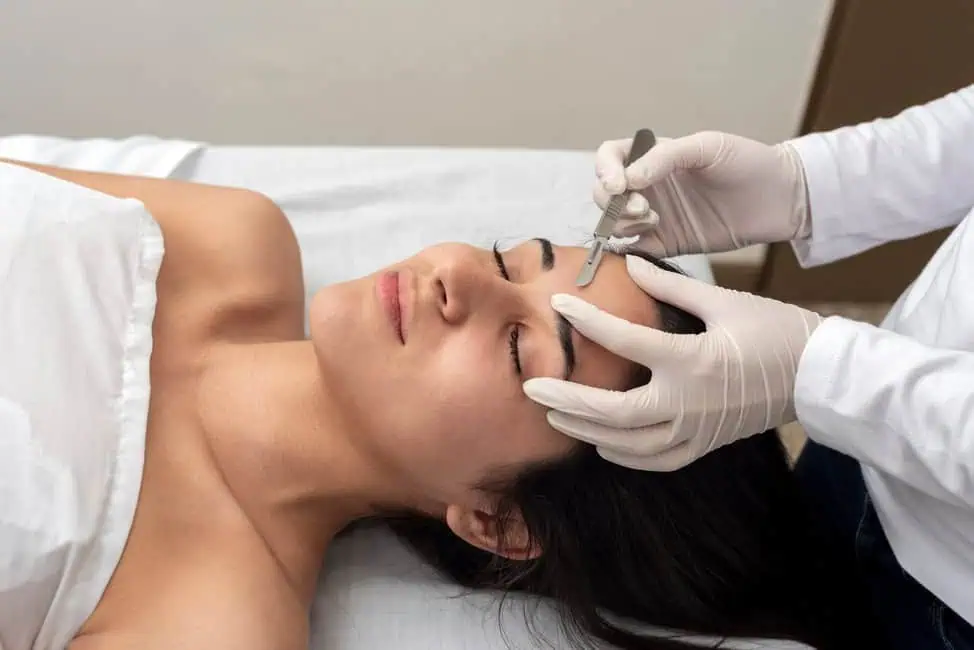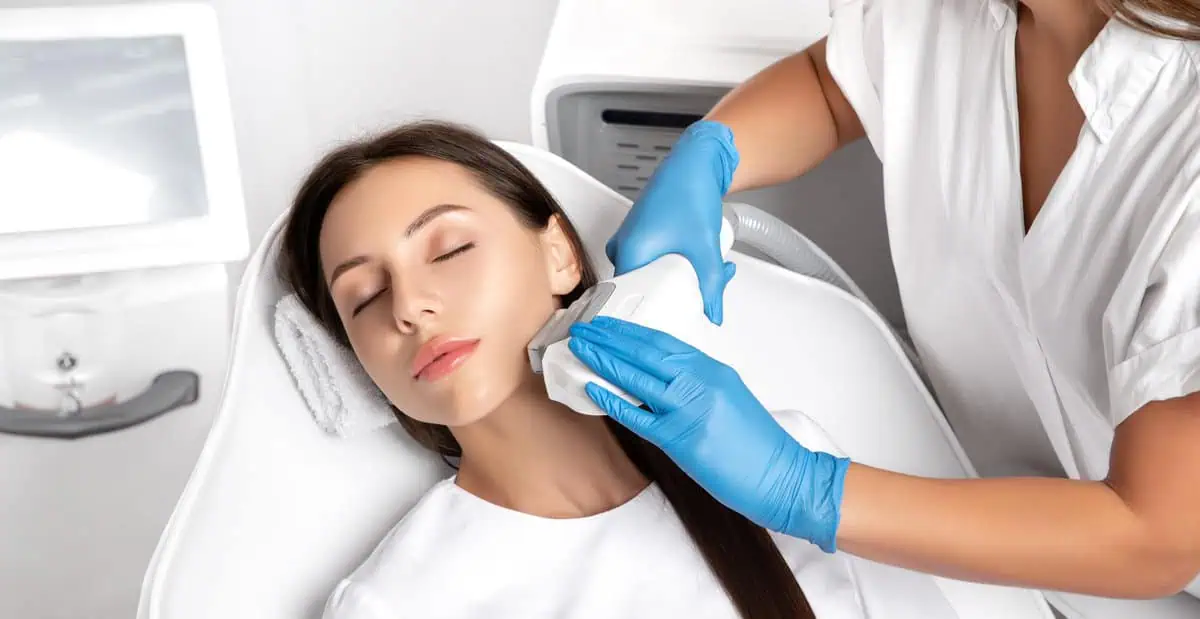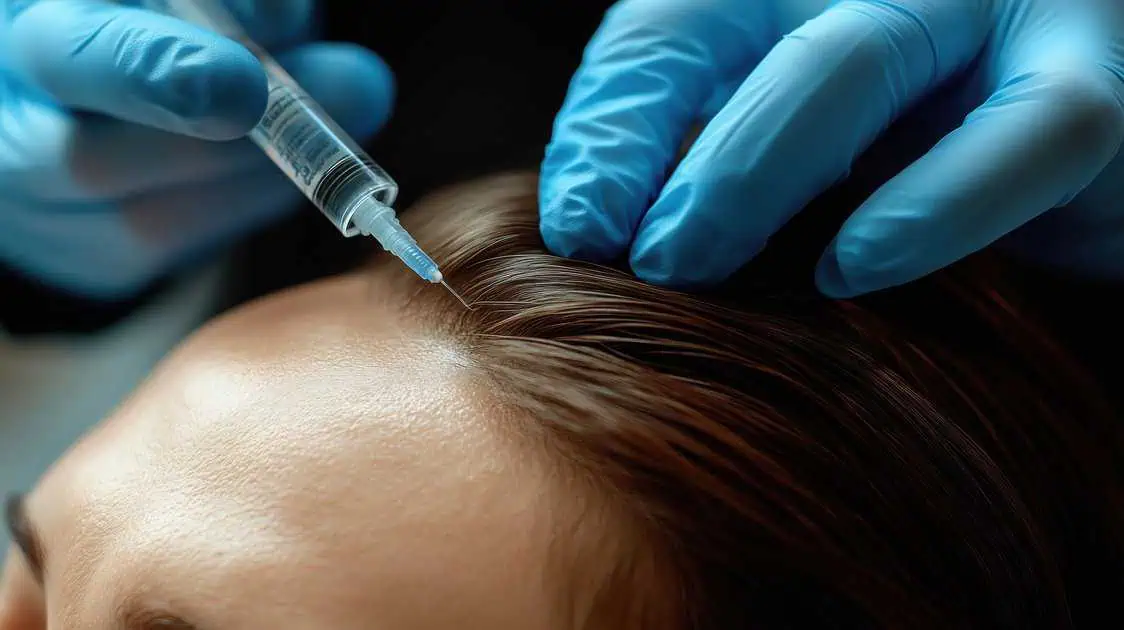Restoring your skin’s youthfulness and vibrancy is easier than ever, and with a few injections, you can do just that. That’s why injectables are the most popular aesthetic treatment in the beauty care industry. Two of the most popular options are Botox and dermal fillers.
The distinction between Botox and dermal fillers can be quite blurry since their applications tend to overlap. So if you are just starting to look into injectable treatments, you might be confused about which of the two you should use to improve the wellness of your skin. Both claim that you can reduce signs of aging through these treatments, so how do you pick between the two?
With this in mind, we will tell you what each of these injectables is, how they work, and their key differences. First, we will start with Botox.
What Is Botox?
Botox is a tried and tested aesthetic treatment used as far back as the 1990s. This treatment can effectively reduce wrinkles and fine lines temporarily. Botox is the commercial name for botulinum toxin, a neurotoxin derived from the Clostridium botulinum bacteria, and this toxin can cause temporary muscle paralysis.
While Botox is known for aesthetic applications, Botox is also widely used to treat various medical conditions such as hyperhidrosis, excessive sweating, and chronic migraines. Similar treatments that use botulinum toxin are called neuromodulators, including Xeomin and Dysport.
If Why Use Botulinum Toxin
So why use a toxin that can cause paralysis for an aesthetic treatment? The reason why such a potent toxin is used is due to its paralytic efficacy. Other neurotoxins can achieve paralysis, but none are as potent as botulinum toxin.
Of course, the botulinum toxin used in Botox is significantly diluted, reducing its potency. Although reduced, its effects will last quite a long time when applied. Other neurotoxins would lose their potency within minutes or hours.
The duration of the Botox can differ from person to person, but typically, it can last up to 3 to 4 months. Repeated touch-ups are necessary if you want to continue living wrinkle-free.
How Botulinum Toxin Reduces Wrinkles
Certain wrinkles are caused by muscle movement, known as dynamic wrinkles or expression lines. They appear whenever you make a facial expression, either by frowning, squinting, smiling, disgusted or any other facial expression. There’s no getting around these wrinkles since you will have to make a facial expression consciously or unconsciously.
Dynamic wrinkles occur due to excessive facial muscle usage. Through a lifetime of using your facial muscles, they inevitably wear out and entangle themselves. You need to find a way to rest these muscles and unravel themselves.
What better way of giving your muscles rest than paralyzing them? You can’t possibly stop making facial expressions, and you may keep it up for an hour or two, but not days or weeks.
How Botox Paralyzes Your Facial Muscles
When botulinum toxin is injected into your skin, the neurotoxin then blocks your muscles’ nerve receivers. Your brain communicates to these muscles via the nervous system, similar to electrical wirings in a computer system. Block the connections of this nervous system (wirings), and you stop the link from muscle to brain.
When the muscles do not receive any instructions, they just stay put and do nothing. Since there’s no transmission received, they finally get some rest and unravel themselves, reducing wrinkles. No matter how hard you think about moving these muscles, you can’t since the muscle nerve receivers are blocked.
The connections to your brain and muscle are not necessarily severed, just blocked. Likewise, when applied, botulinum toxin only blocks the muscles’ nerve receivers in the injected area; it won’t spread to other muscle groups. Other muscles near the injected site won’t become paralyzed, and they can still move.
Once the botulinum toxin dissipates, the muscles are open to receiving instructions and moving again.
What Are Dermal Fillers?
Now that we understand Botox and its effects let’s move on to the next injectible, dermal fillers.
Dermal fillers are aesthetic treatments that reduce the effects of wrinkles, fine lines, and other skin blemishes. They make your skin look fuller and more vibrant by injecting a formula. There are several dermal fillers, but the most common ones are hyaluronic acid fillers, and you can find this same acid within your body.
What Is Hyaluronic Acid
Hyaluronic acid is a sugar molecule that naturally exists in most living organisms. This molecule binds water and acts as a lubricant and shock observer in moving parts, such as joints and tendons. In your skin, it helps maintain moisture and promote collagen production.
What Can Dermal Fillers Correct?
Your skin naturally produces collagen and elastin to make it supple, smooth, plump, and vibrant. However, due to aging, the production of essential proteins declines, causing wrinkles to appear. These wrinkles are different from wrinkles caused by muscle wear; instead, they are caused by the skin lacking the necessary proteins to keep itself healthy.
When your skin lacks collagen and elastin, the skin’s framework collapses. That’s why you will experience uneven skin texture, skin thinning, and wrinkles; in some places, it still works, but it has already collapsed in some areas. So the solution should be simple, reintroduce more collagen and elastin production into your skin.
How Dermal Fillers Work
By injecting the hyaluronic acid into the skin, it will slowly plump it. The hyaluronic acid attracts water and slowly plumps up, replacing collagen and elastin in the collapsed skin frameworks. It will cause the skin to plump up and hydrate itself, correcting skin thinness, wrinkles, and evening-out skin texture.
In the meantime, the collagen and elastin production ramps up thanks to the hyaluronic acid. This allows the dermal filler to last quite a long time since once the hyaluronic acid is used up, there is enough collagen to keep your skin healthy.
Key Differences
In summary, here are the main differences between Botox and dermal fillers:
- Botox: This treatment freezes the facial muscles to prevent the appearance of dynamic wrinkles
- Dermal Fillers: These treatments use hyaluronic acid to plump the skin, replacing and filling in the skin frameworks that have collapsed, reducing wrinkles, and plumping the skin.
Botox can last three to four months. In contrast, dermal filler can last depending on which filler was used.
Takeaway
Now that you know how these treatments work, which one are you interested in trying? Contact and book an appointment at our clinic, Central Oregon Aesthetics, if you are interested. We offer services that help our clients address skin concerns or enhance their skin.







